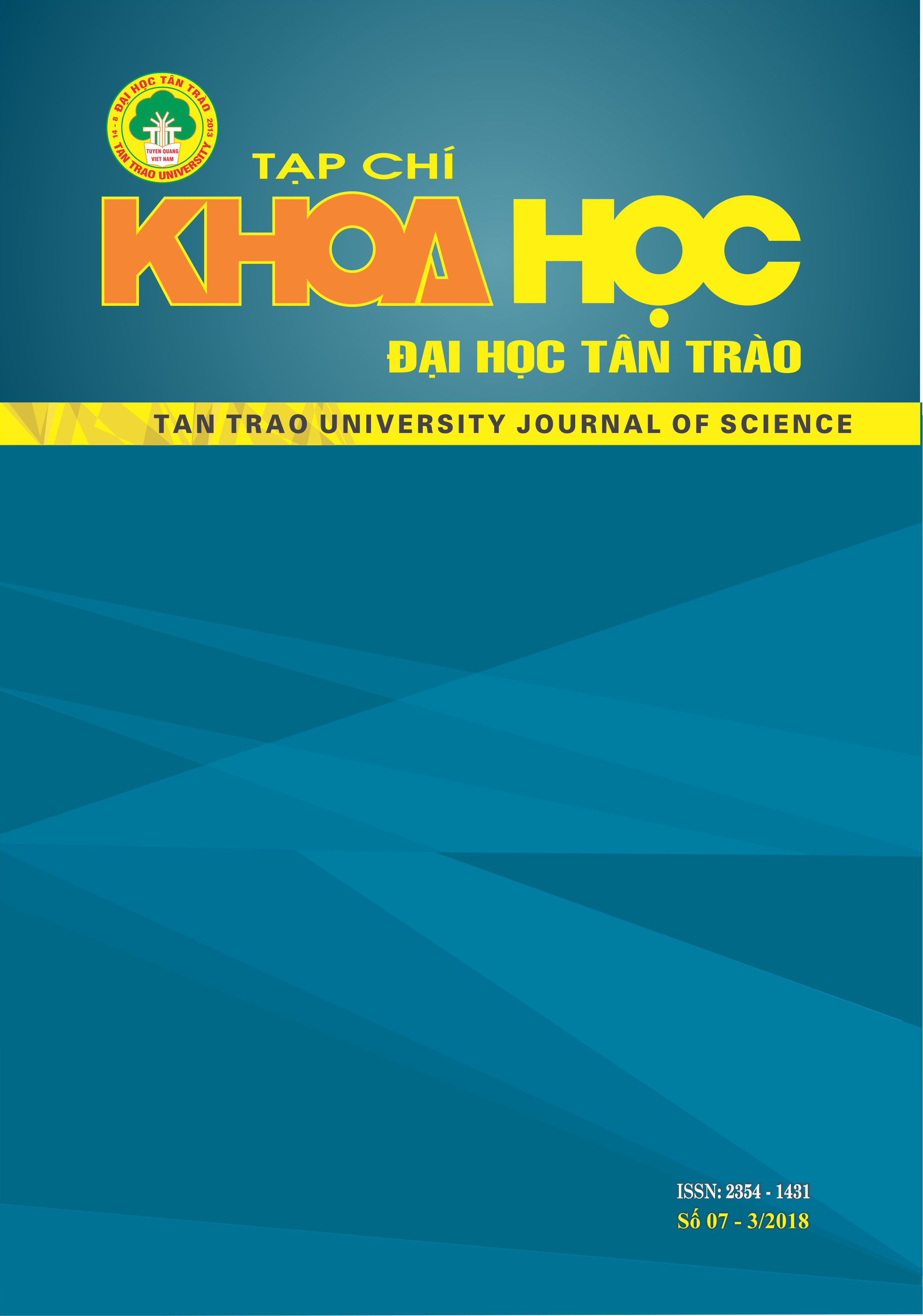Dual symbols in Asian folktales
DOI:
https://doi.org/10.51453/2354-1431/2018/109Keywords:
South East Asia; Dual symbols.Abstract
Southeast Asia is a distinct geographic-cultural region, one of the cradles of human civilization. The regional approach to Southeast Asia has been booming, suggesting a wide range of scientific issues, in which regional approaches through the symbolic system help us to understand the collective consciousness. South-East Asian culture is not only single but also couple symbols - we call it duality - as a result of the particular thinking of the area: Thinking dualism. In this article we explore how Southeast Asian folklore creates dualistic symbols in Southeast Asian tale and their meaning, linked to specific, distinct cultures.
Downloads
References
1. Phạm Đức Dương, Lịch sử văn hóa Đông Nam Á, Nxb Văn hóa - Thông tin, Hà Nội, 2013;
2. Đinh Gia Khánh, Văn hóa dân gian Việt Nam trong bối cảnh văn hóa Đông Nam Á, Nxb KHXH, Hà Nội, 1993;
3. Đức Ninh, Về một số vấn đề văn hóa dân gian Đông Nam Á, Nxb KHXH, Hà Nội, 2008;
4. Võ Quang Nhơn, Lê Trường Phát, Truyện cổ dân gian Đông Nam Á, tập 1, Nxb Tổng hợp Đồng Nai, 1998;
5. Võ Quang Nhơn, Lê Trường Phát, Truyện cổ dân gian Đông Nam Á, tập 2, Nxb Tổng hợp Đồng Nai, 1998.
Downloads
Published
How to Cite
Issue
Section
License

This work is licensed under a Creative Commons Attribution-ShareAlike 4.0 International License.
All articles published in SJTTU are licensed under a Creative Commons Attribution-ShareAlike 4.0 International (CC BY-SA) license. This means anyone is free to copy, transform, or redistribute articles for any lawful purpose in any medium, provided they give appropriate attribution to the original author(s) and SJTTU, link to the license, indicate if changes were made, and redistribute any derivative work under the same license.
Copyright on articles is retained by the respective author(s), without restrictions. A non-exclusive license is granted to SJTTU to publish the article and identify itself as its original publisher, along with the commercial right to include the article in a hardcopy issue for sale to libraries and individuals.
Although the conditions of the CC BY-SA license don't apply to authors (as the copyright holder of your article, you have no restrictions on your rights), by submitting to SJTTU, authors recognize the rights of readers, and must grant any third party the right to use their article to the extent provided by the license.


